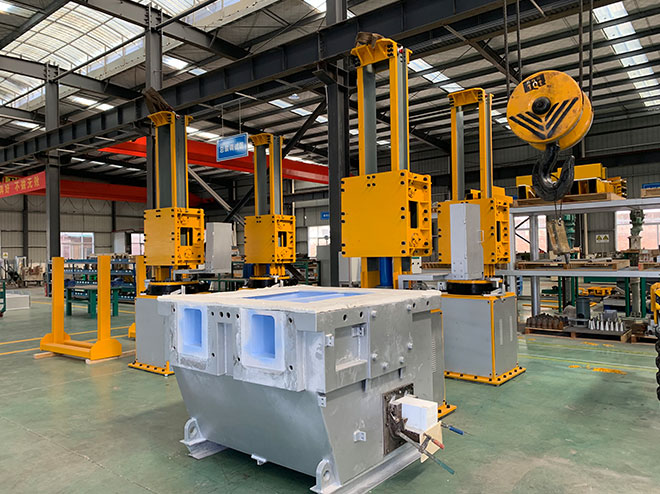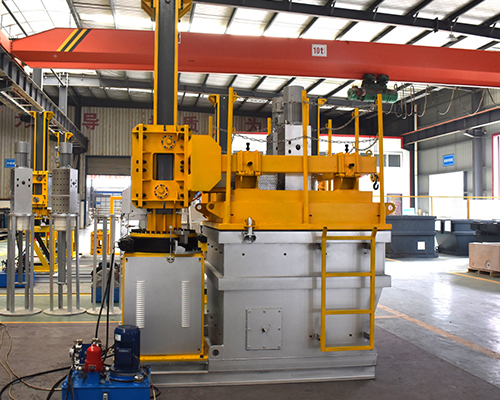Now an online metal degassing system has been installed between the standing furnace and the casting station, so as to remove impurities. Many degassing systems are operated automatically, and the removal of impurities is very effective and does not take too much effort.
How does the degassing device work?
Usually inert gas, such as argon, is sprayed into the molten pool using one or more rotating nozzles, or spraying devices in other ways, and the sprayed argon bubbles should saturate the molten aluminum. When the process gas rises to the surface of the aluminum water, the dissolved hydrogen is separated from the aluminum melt. Add a small amount of chlorine gas, usually 0.5% of the total gas, to break up the bond between the aluminum and any non-wetting inclusions, so that the rising bubbles and inclusions stick together, float to the surface of the solution.
The additional chlorine gas can chemically react with the alkali metal in the aluminum melt, form chloride salts, and float on the surface, form aluminum ash, then skim from the degassing device.

Online Metal Degassing System Performance
Effective degassing depends on the ability of the online metal degassing system, that is, to completely saturate the aluminum melt. Make the small bubbles stay in the aluminum water for the longest time, so that the surface of the molten pool is calm, without turbulence, and the inclusions and salt float to the surface of the aluminum water.
The design of the rotor nozzle, the flow rate of the gas, and the geometry of the molten pool are all key factors for achieving the best degassing effect.
The spray device must spray enough process gas to the entire molten pool under the premise of ensuring that it does not cause turbulence. Too high rotor speed and no suitable baffle may cause aluminum water turbulence, and remix the hydrogen and aluminum ash into the aluminum melt.
The appropriate bubble reaction time in the degassing chamber is another important process parameter for effective degassing. Calculating the residence time of bubbles in the molten pool, as well as the flow rate of the aluminum water are all factors to consider when choosing a degassing device. The deeper molten pool also affects the degassing performance objectively. The deeper the gas is injected into the melt, the longer it takes for the bubbles to rise to the surface of the aluminum melt, and the longer the residence time of the bubbles.

